Asalaa Maalekum, everyone! ‘Nungi dem’ means ‘We’re going’ in Wolof, but can be used like ‘Here we go!’
Based on the questions from last week, I wanted to focus this Monday post on transportation in Senegal.
How do people get around in Dakar?
There are so many ways to get your booty across this chaotic city! I thought maybe in order to explore all the kinds of transportation, I would walk you all through what a normal day in Senegal could look like if you took every kind of transport here. Choose-your-own-transportation adventure, Senegal-style!
Setting: 8am, Ouakam, Dakar
Meet ‘Aisha’. Aisha is leaving Dakar today with her friend Mamadou to visit her family in the Petite Côte of Senegal, in the town of Fadiouth.
Aisha needs to get to the station Beaux Maraîchers in order to leave Dakar for Fadiouth. First, she hops on a Car Rapide for 50CFA (8 cents) from her house to a local landmark, YumYum pizza. Car Rapides are brightly colored mini-buses that have no set destinations but go along the biggest roads in Dakar. The ‘apprenti’ is a person who rides holding on to the back of the vehicle and yells out the direction their travelling, as well as collects money. You can hop on and off whenever for a very small price.
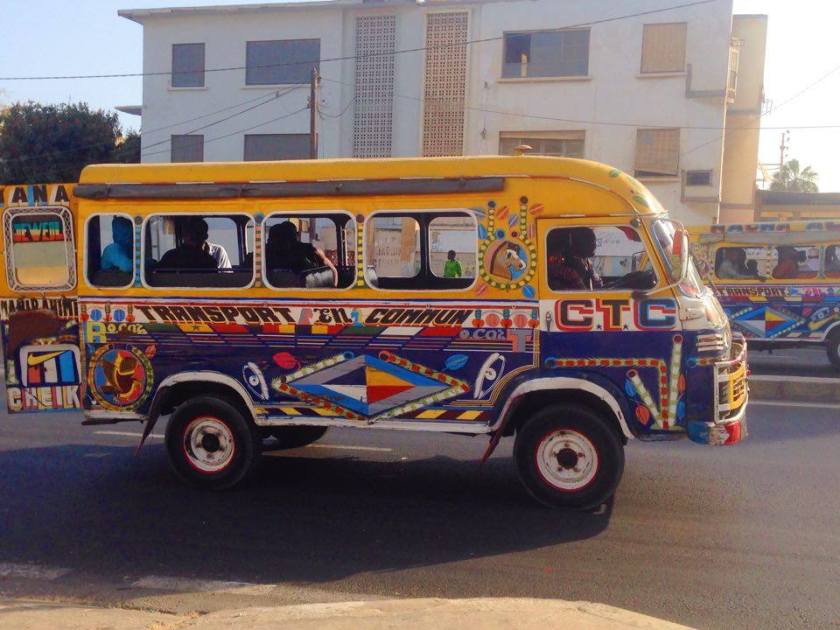
“Ouakam! Ouakam!!”
Aisha meets her friend, Mamadou, at YumYum. Mamadou arrived at YumYum via Ndiaga Ndiaye, a mini-bus similar to a Car Rapide but bigger and painted white. Between friends, we also call Ndiaga Ndiaye’s “Alhamdoulilahs” because that phrase, alhamdoulilah, is usually painted across the front in huge letters. Alhamdoulilah is Arabic for ‘praise be to God’
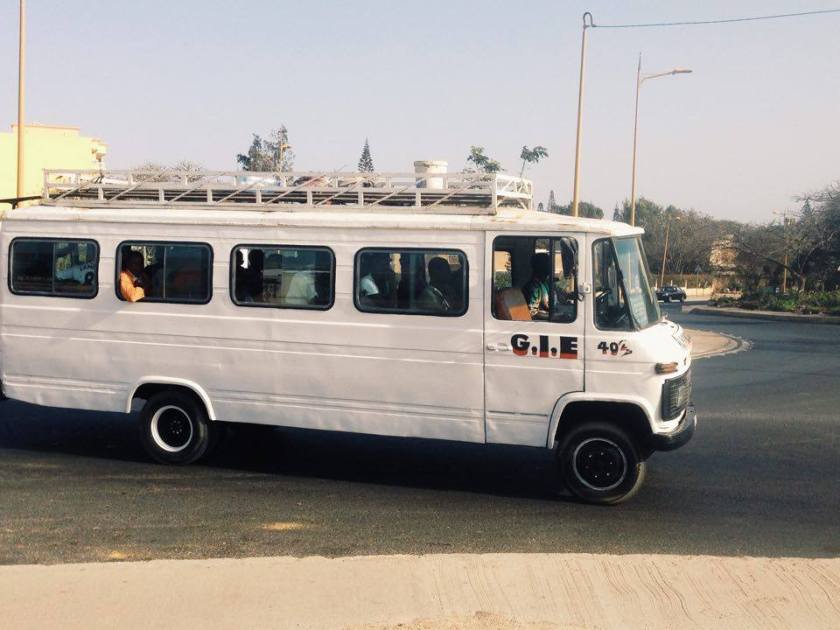
Ndiaga Ndiaye – Alhamdoulilah!
From YumYum Pizza, Aisha and Mamadou take a Taxi to the Beaux Maraîchers. Taxis are EVERYWHERE in Dakar! I take at least one taxi per day, depending on where I go. Taxis here are not like in the states – there is no fixed price. You have to bargain! Bargaining can take thirty seconds to ten minutes, depending on how stubborn you or your taximan is. I often bargain with two or three taximen before finding a price I agree with. Aisha and Mamadou end up bargaining their taxi down to 2500CFA ($4.16).
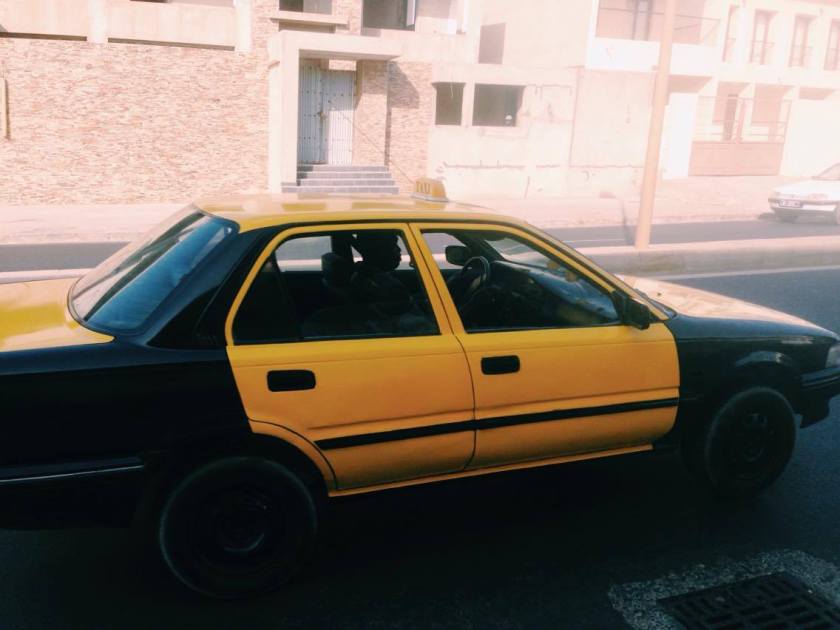
“3000CFA, c’est bon?”
Once they get to the garage, Aisha and Mamadou pay their taximan and walk into the fray of Sept Places and Quatorze Places (pronounced set-plahce and cat-orz plahce, meaning seven-seat and fourteen-seat in French). Sept Places are station-wagons that have a set price and destination and only leave when they are full of passengers. You could be waiting for ten minutes, or you could be waiting for three hours to leave. Quatorze Places are cheaper, but take longer to fill up before leaving because they cram as many people as possible in the 14 spots. Aisha and Mamadou get in a Sept Place to Mbour for 1500CFA ($2.50) each.
SIDE NOTE: Gris-Gris! Gris-Gris (pronounced ‘gree-greez’) are small good-luck charms that take all sorts of forms in Senegal. Most vehicles have a few of them attached. These can take the form of horse tails hanging off the back of a taxi, a baby shoe hanging from a rear-view mirror, or piles of stuffed animals squished into the space between the steering wheel and windshield of a Ndiaga Ndiaye. When my driver is particularly wild, I feel grateful to have some sort of protection charm!
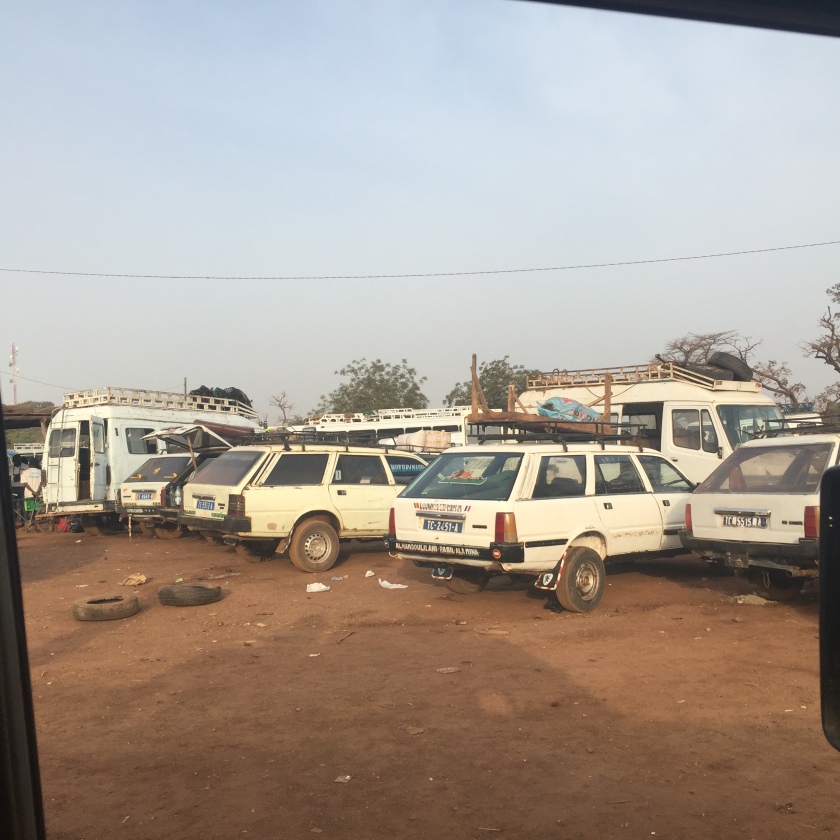
Sept and Quatorze Places
The Sept Place takes about 2 hours to get to Mbour, a large city south of Dakar known for it’s huge pink mosque and vibrant fishing port. Aisha and Mamadou hop in a taxi to check out the fishing port, where they see humongous, brightly-colored Pirogues. Each Pirogue has a name written on the side, named aptly after the owner’s mother, their marabout (Islamic religious leader), or their favorite Senegalese wrestler.
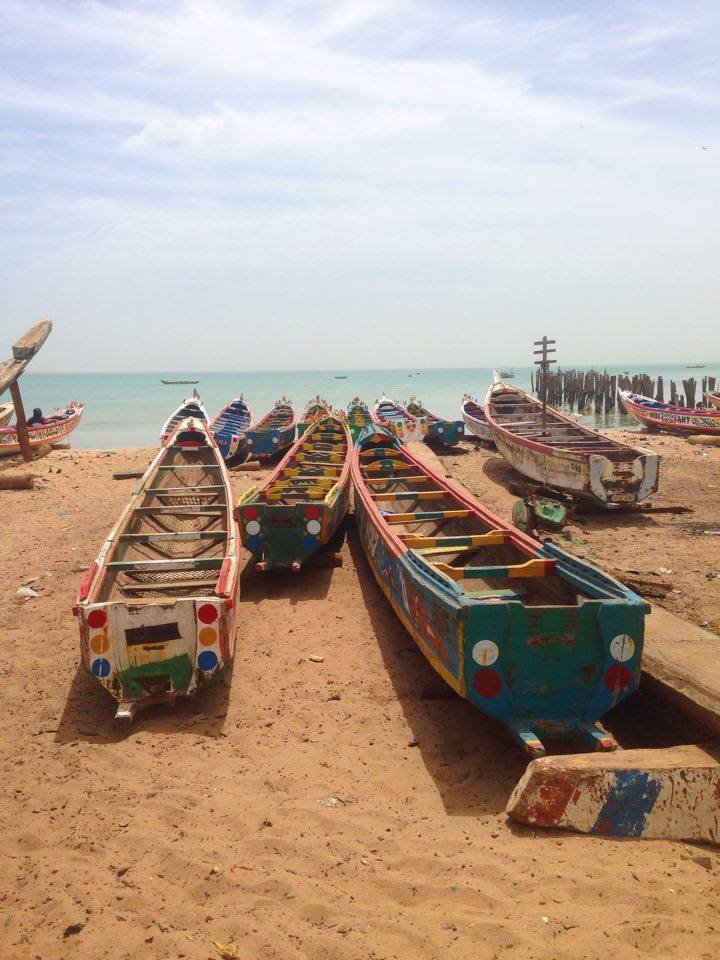
Pirogues at Mbour
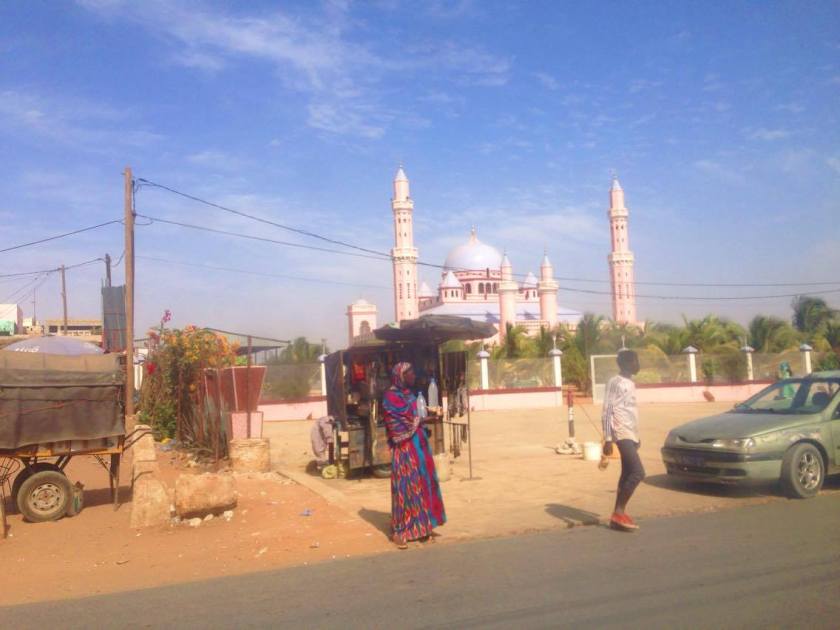
I like to call the Mbour mosque ‘Barbie Dream Mosque TM’ for it’s baby blue and pink
Aisha and Mamadou go back to the station in Mbour to wait for another Sept Place to Joal. While they wait, they eat mandarins and peanuts sold through the window of their Sept Place by local women.
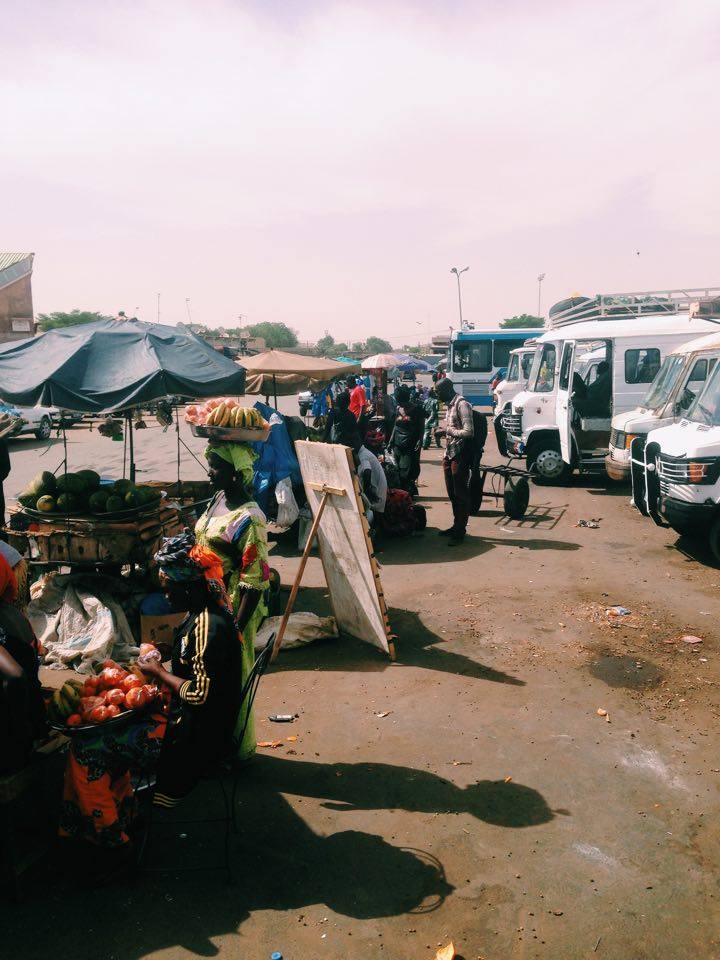
“Madame! Madame! Oranges? Cashews?? 200CFA only!”
On the road, Aisha and Mamadou see giant trucks piled high with cargo also heading to Joal-Fadiouth! Senegalese people know how to utilize the maximum amount of space, for certain.
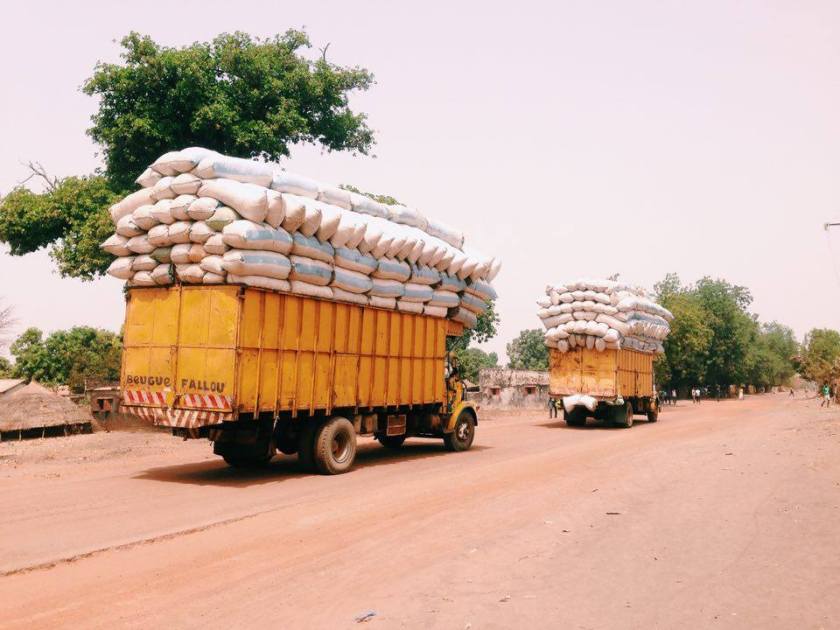
I’m always scared they’re gonna tip over, honestly.
Once in Joal, Aisha and Mamadou take a Clando, short for ‘clandestine taxi’, to the bridge to Fadiouth. Clandos just look like normal cars, but will pick you up and take you anywhere along their route for 100-250CFA (18-40 cents).
Once at Fadiouth, Aisha and Mamadou decide to take a Pirogue ride around the Mangroves! Their guide is happy to take them by pirogue to the Fadiouth cemetery, the only cemetery in Senegal where Christians and Muslims are buried side-by-side in peace.
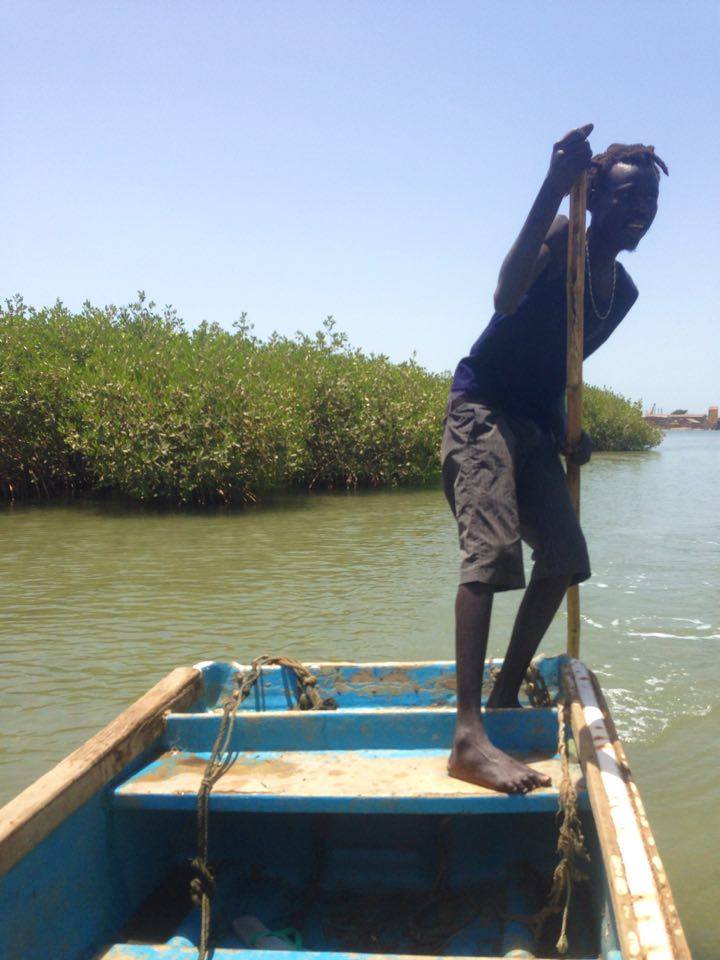
Mangroves!
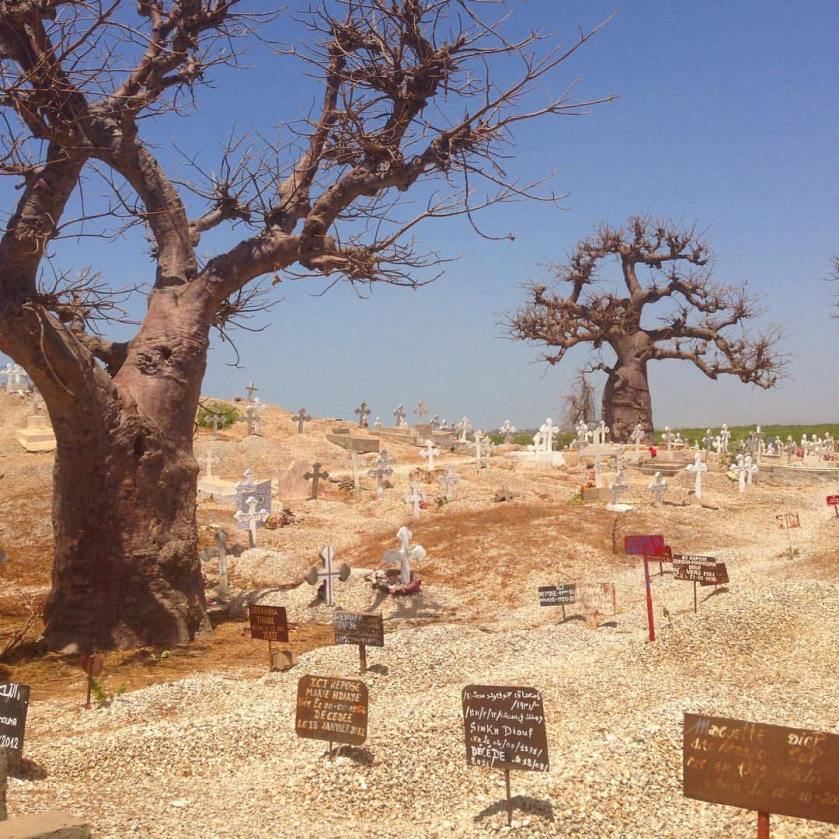
The crosses are Christian, metal plaques are Muslim. And more Baobabs!!
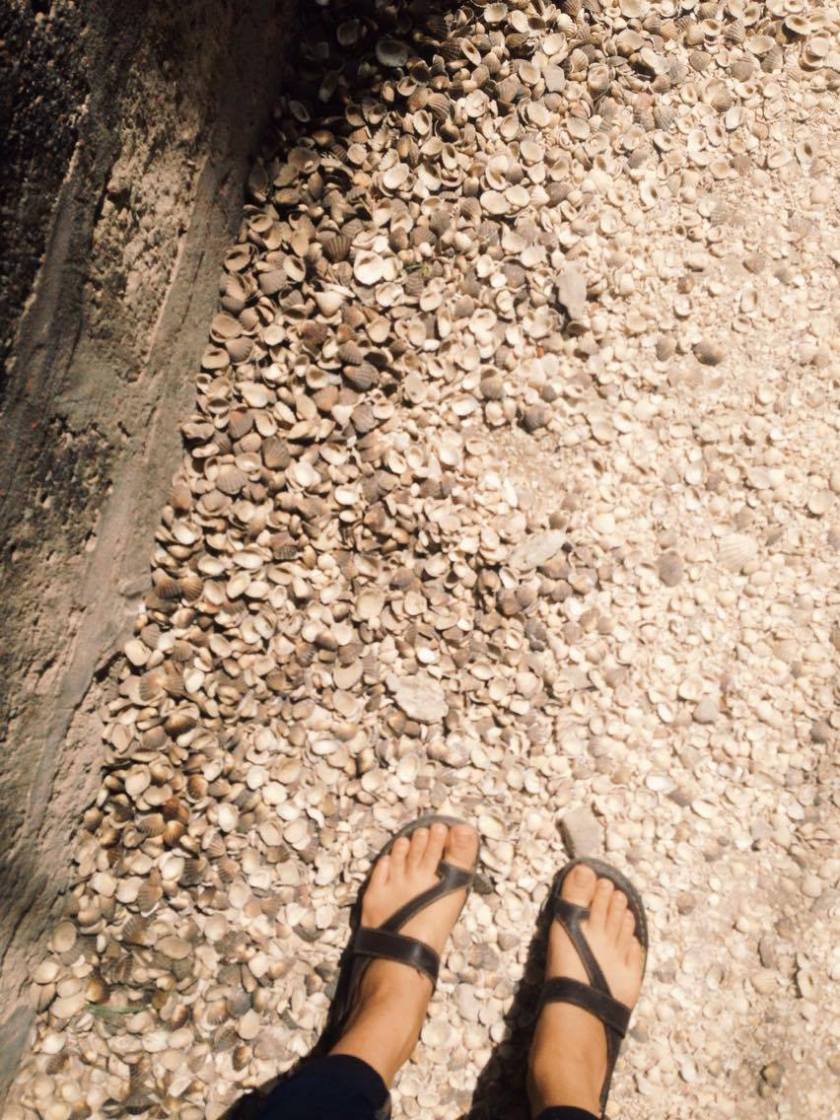
The island of Fadiouth is made entirely out of shells.
Aisha and Mamadou spend the day at Fadiouth with Aisha’s family, celebrating the birthday of her cousin. Her cousin, let’s call him Cheikh, takes Mamadou on a Moto ride around Joal. Motos, short for motorcycle, are very popular all over Senegal, but are very dangerous. It’s not required to have a drivers license nor helmet to ride a motorcycle, which means there are a lot of accidents.
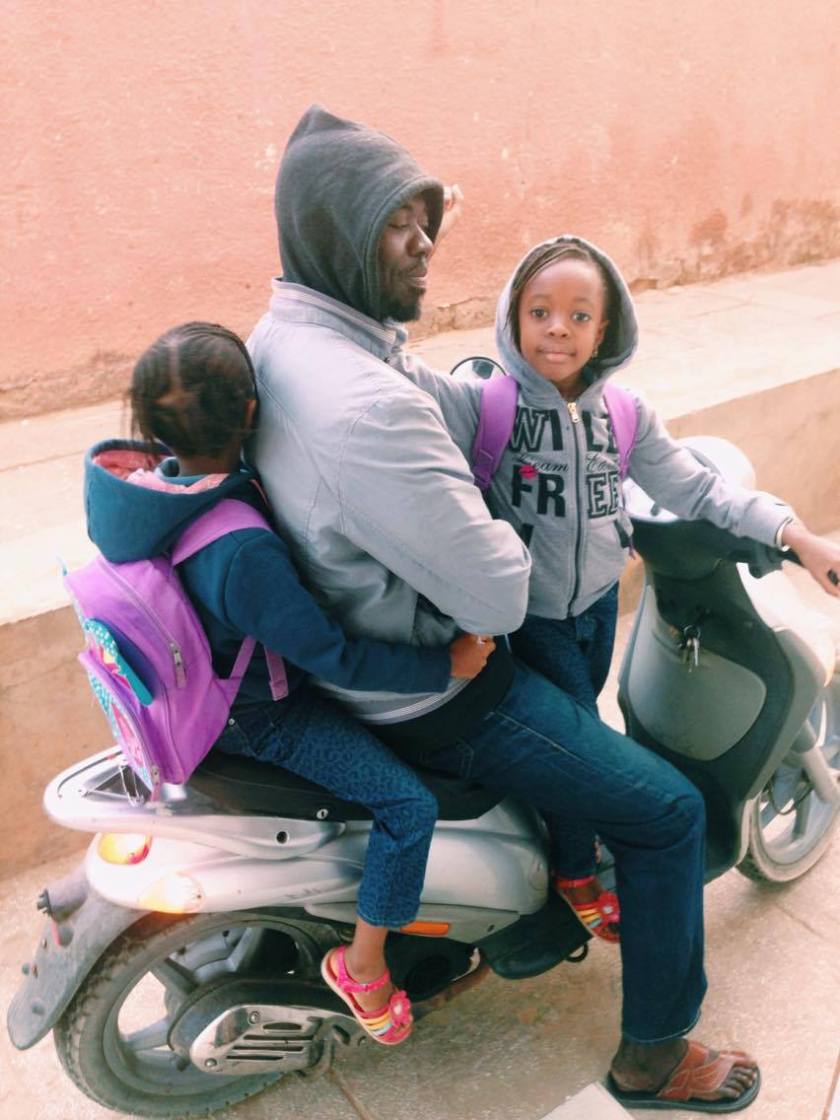
My host brother Lamine with his daughters, Khadija and Sally on their moto to school.
At the end of the day, Aisha and Mamadou take a Sept Place all the way back to Dakar for 1800CFA ($3.00). When they arrive back at the garage Beaux Maraîchers, they decide they don’t want to pay for a taxi. Aisha takes a TATA, a type of bus, back to her home in Ouakam. Mamadou takes a Dakar Dem Dikk (meaning Dakar Go-Return in Wolof), another kind of bus, to his home in Mermoz. They each pay 200CFA (18 cents).
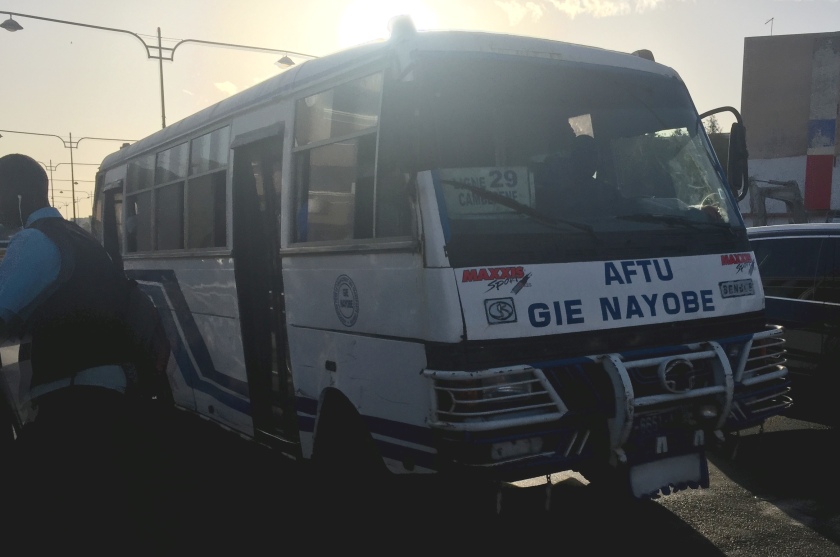
TATA
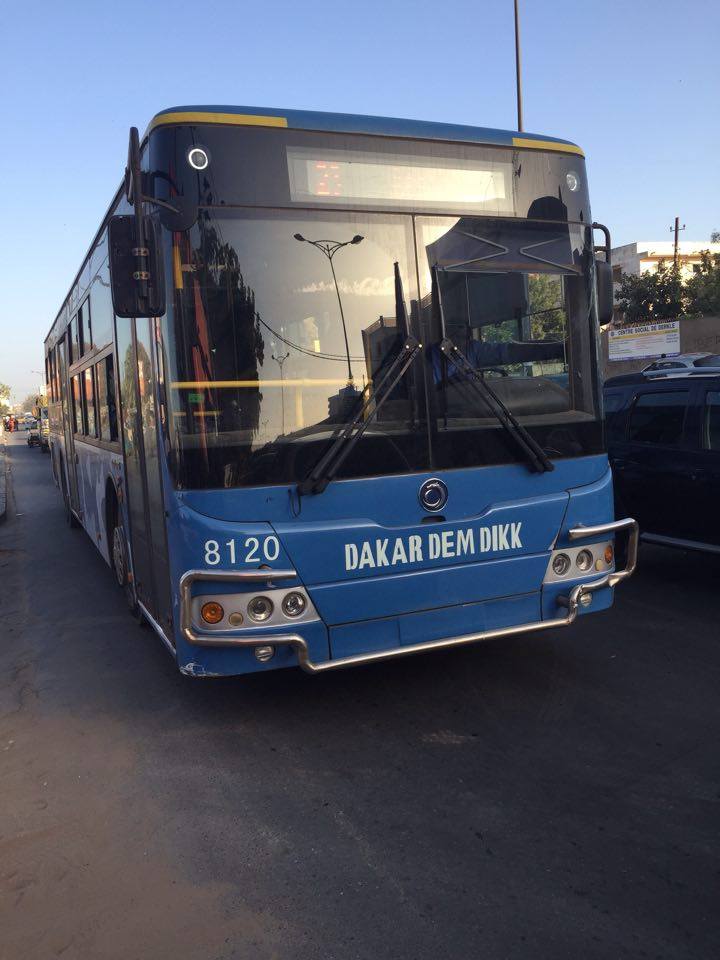
We call them ‘DDDs’
Aisha and Mamadou arrive at home just in time for dinner, around 9pm! Dinner is pretty late in Senegal.
WHEW. What a day. Transportation can be completely exhausting in Senegal, as things often break down or take a long time to finally leave. I choose to take every step like a new adventure, and try to find the fun in the bumps in the road (literally and metaphorically)!
Okay, that was a pretty long post for today.
How do you all get around Portland? What kind of transport in Senegal would you most like to try?
Also, to follow up from last week, I still really want to hear your opinions about welfare in Portland and how that would be different from in Dakar. 🙂
Looking forward to hearing from you all!
Ba ci kanam, Insh’allah! (Till later, God willing).
– Rheanna
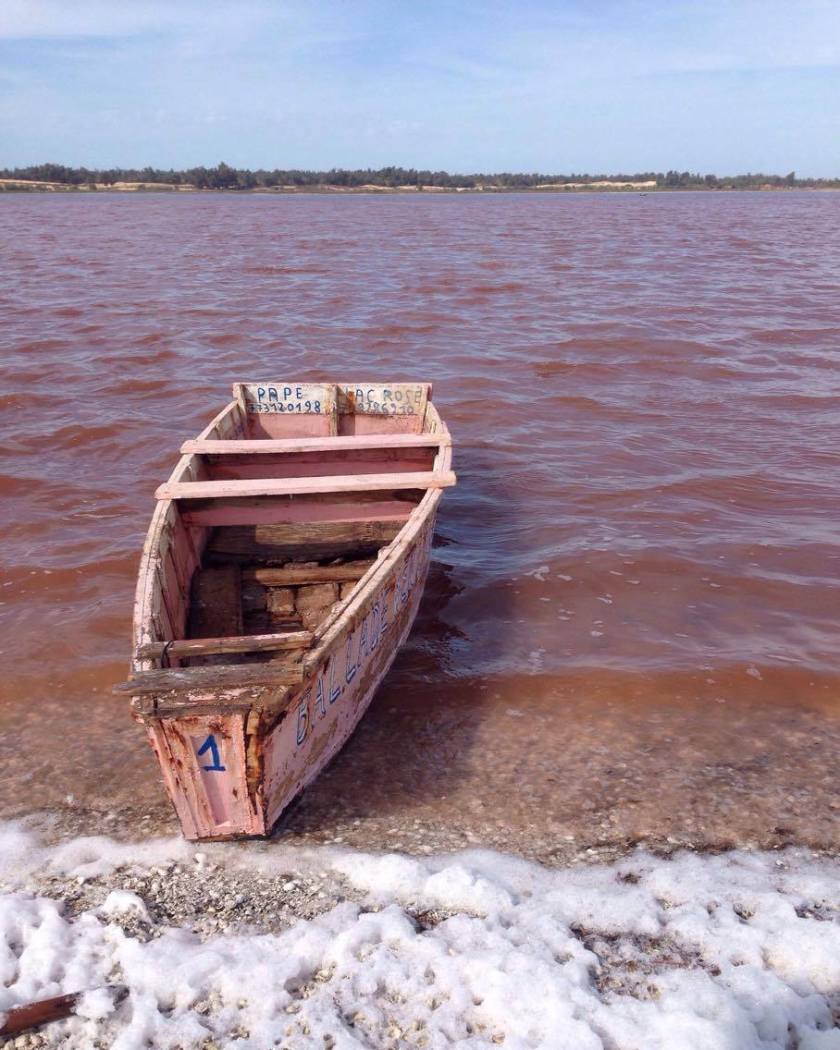


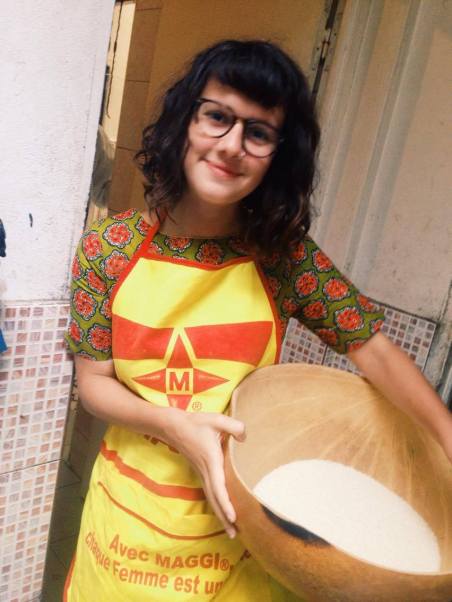
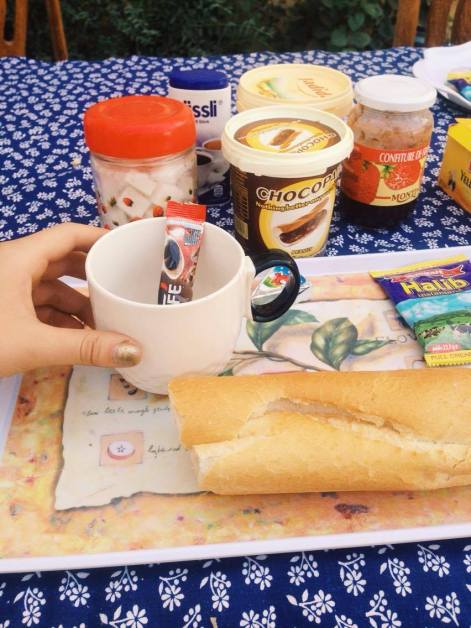
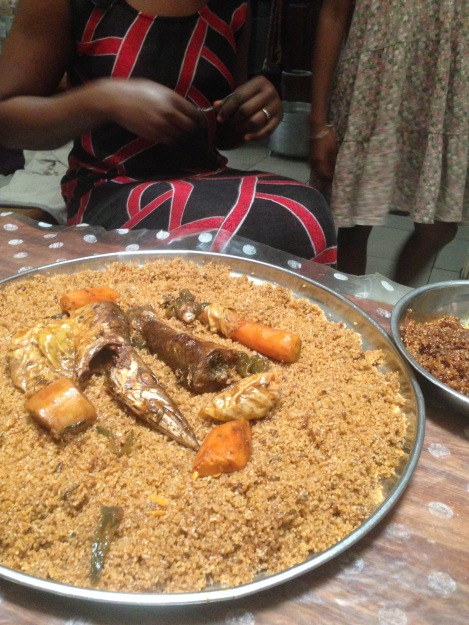
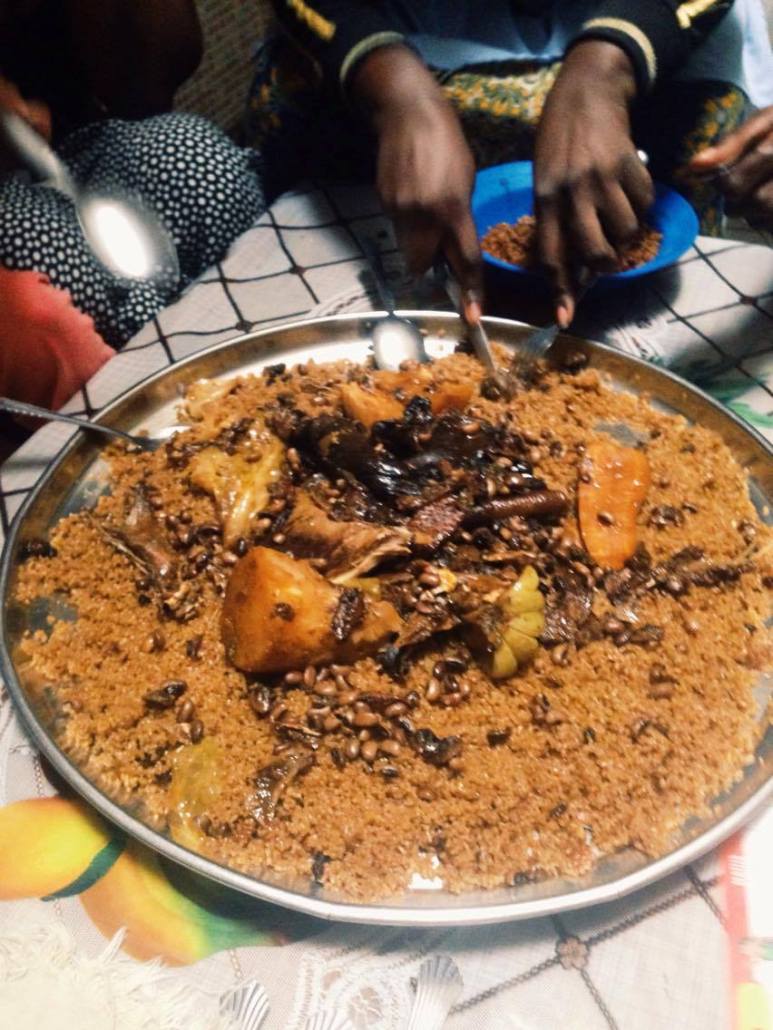
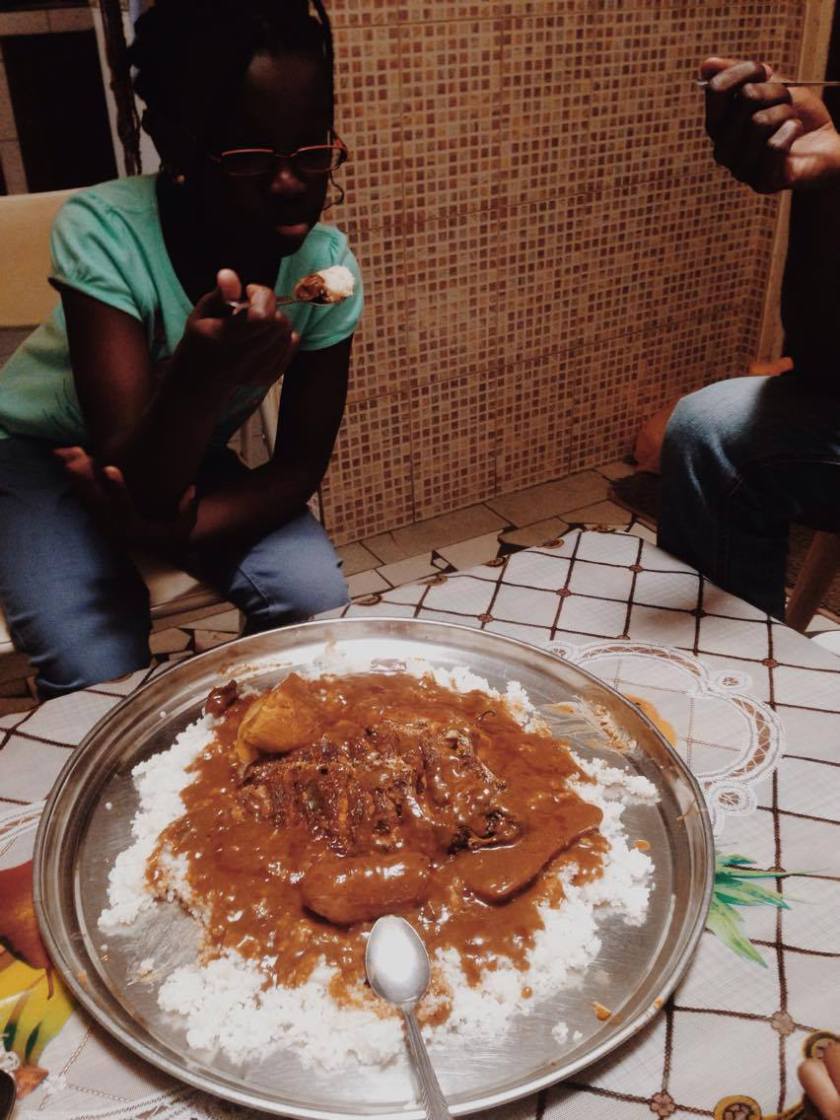
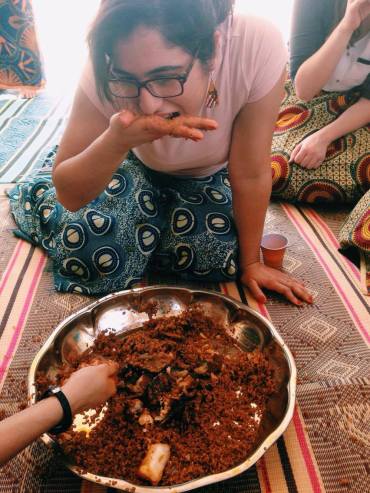
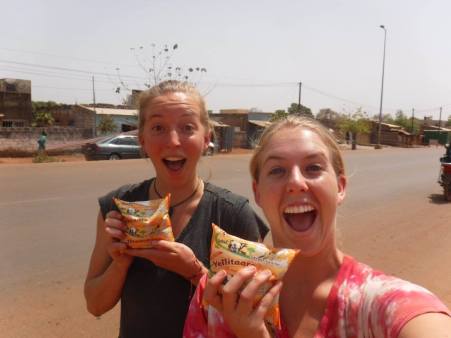


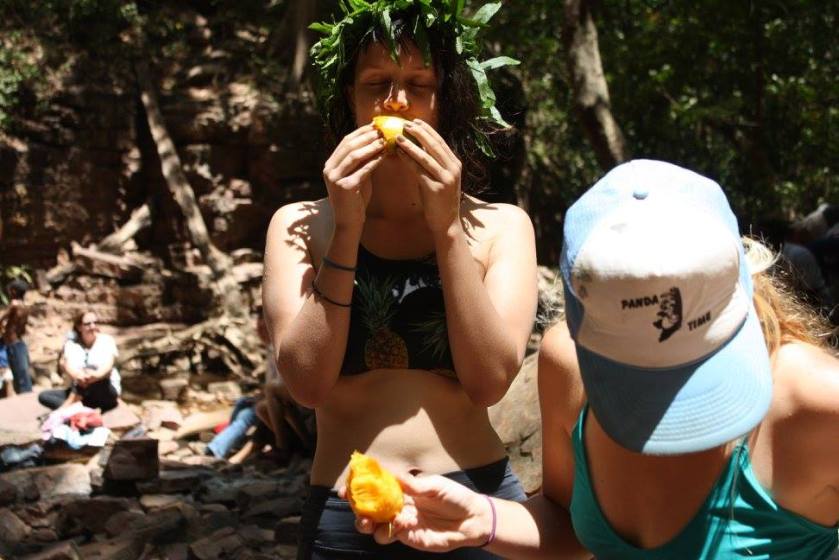
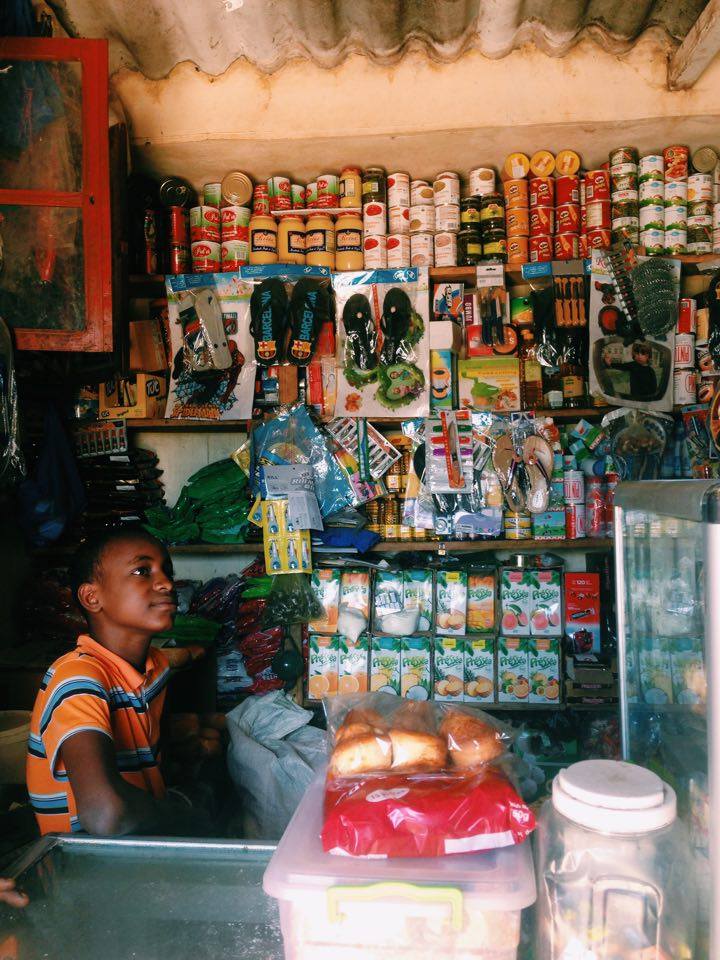

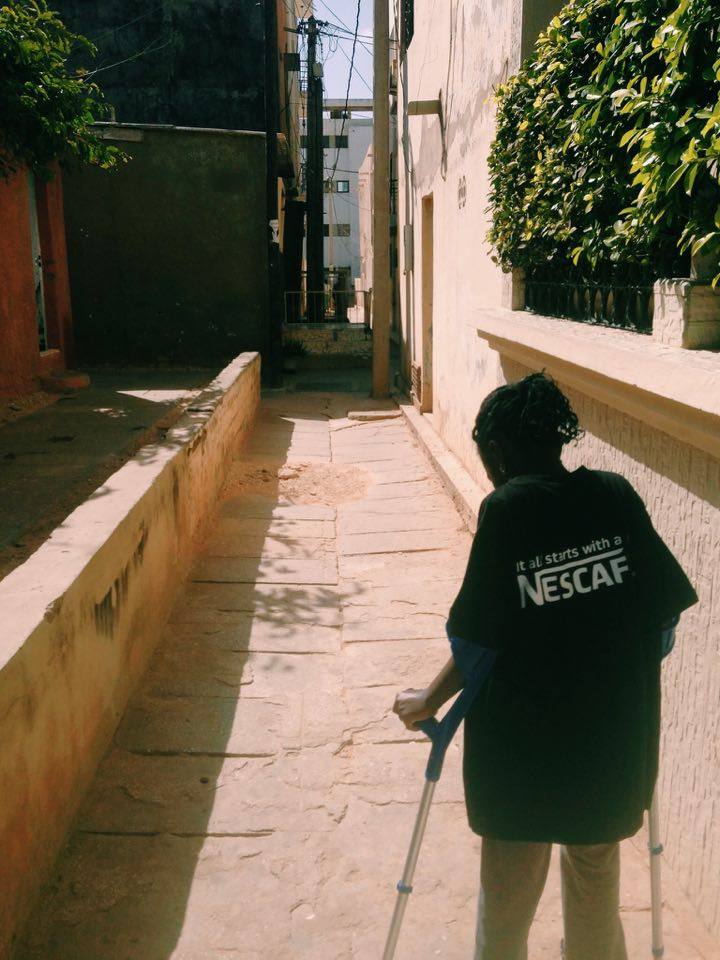
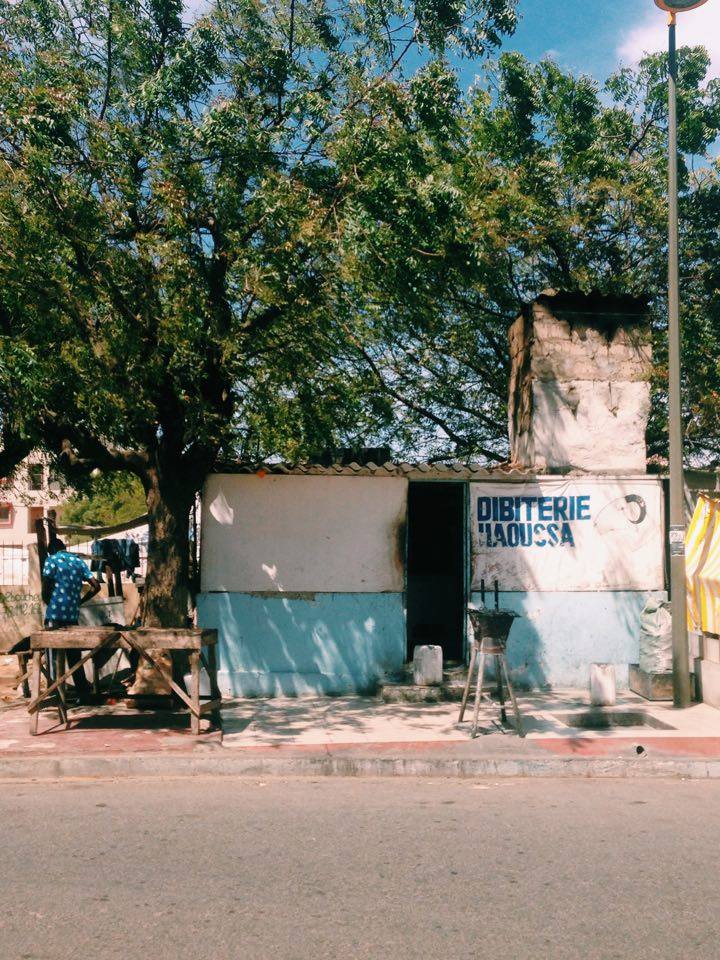
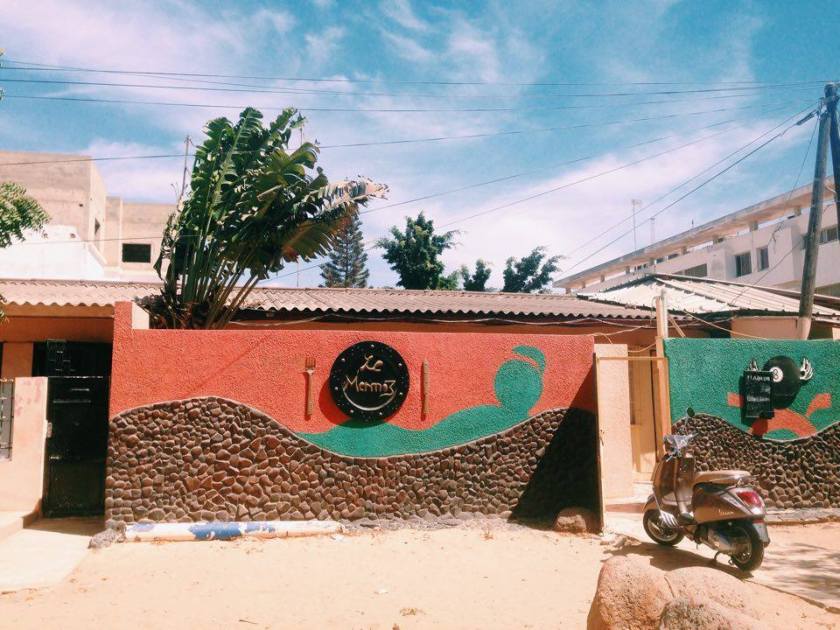
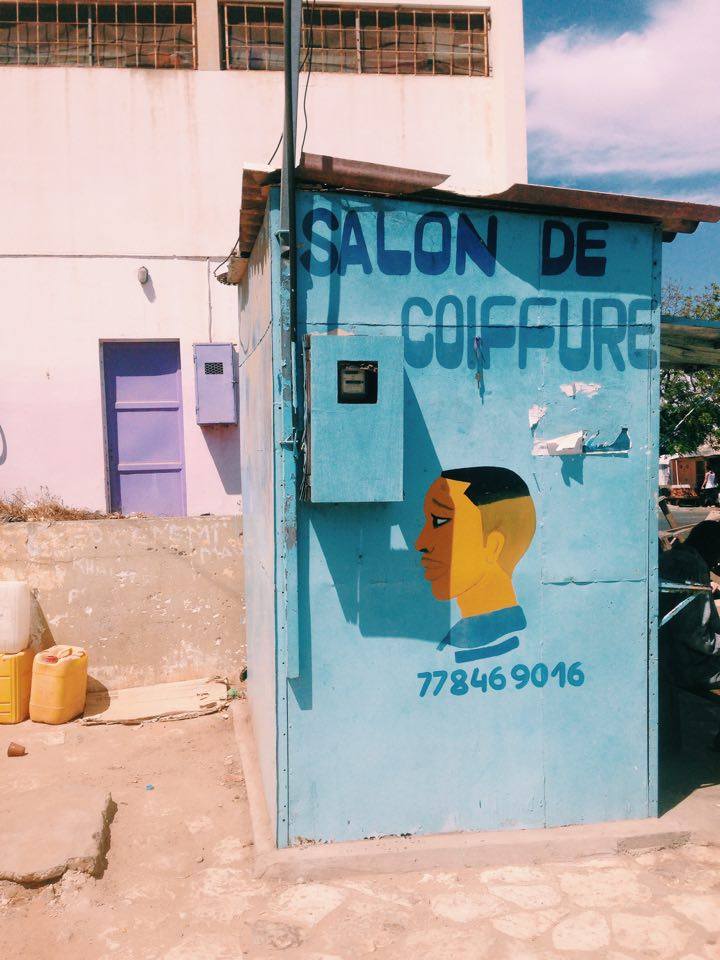
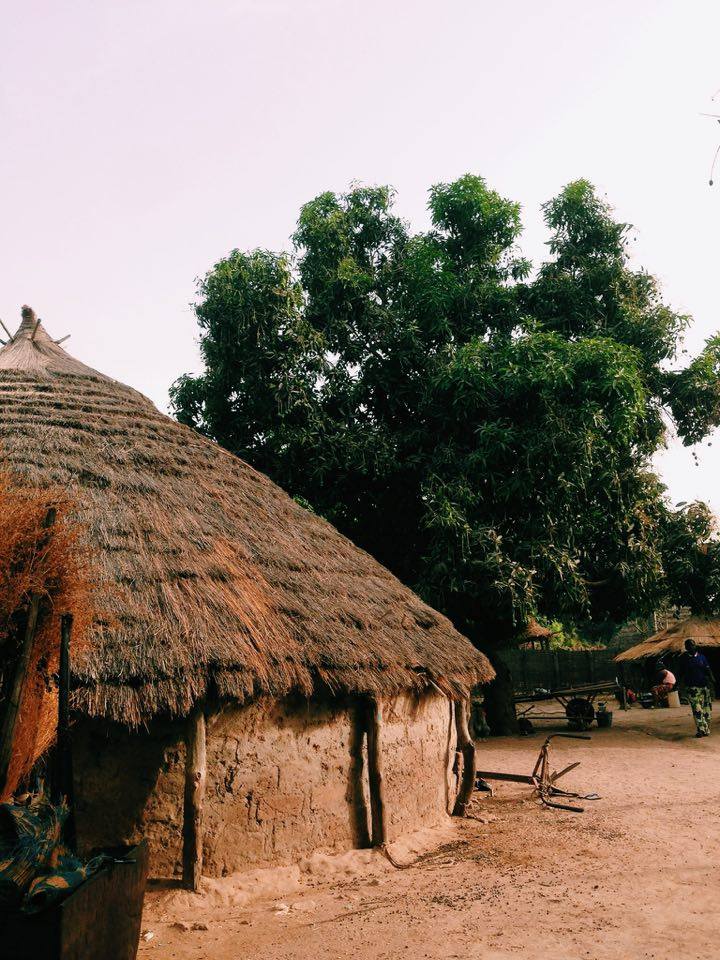
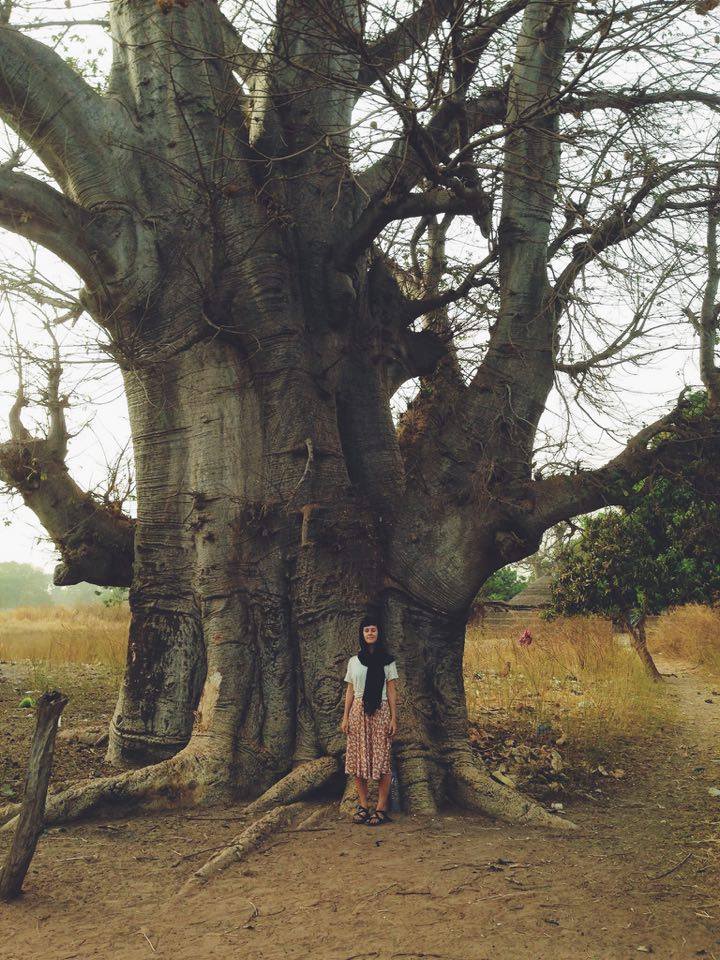
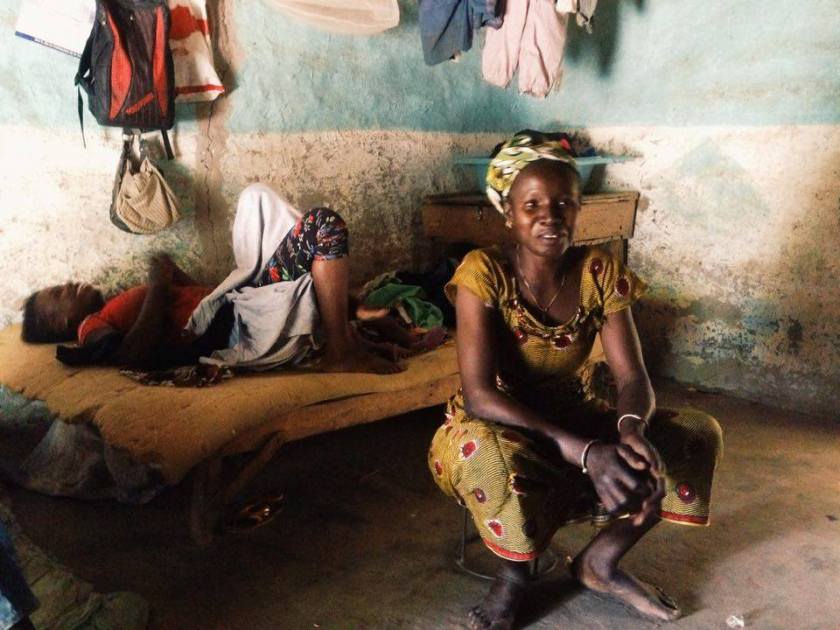
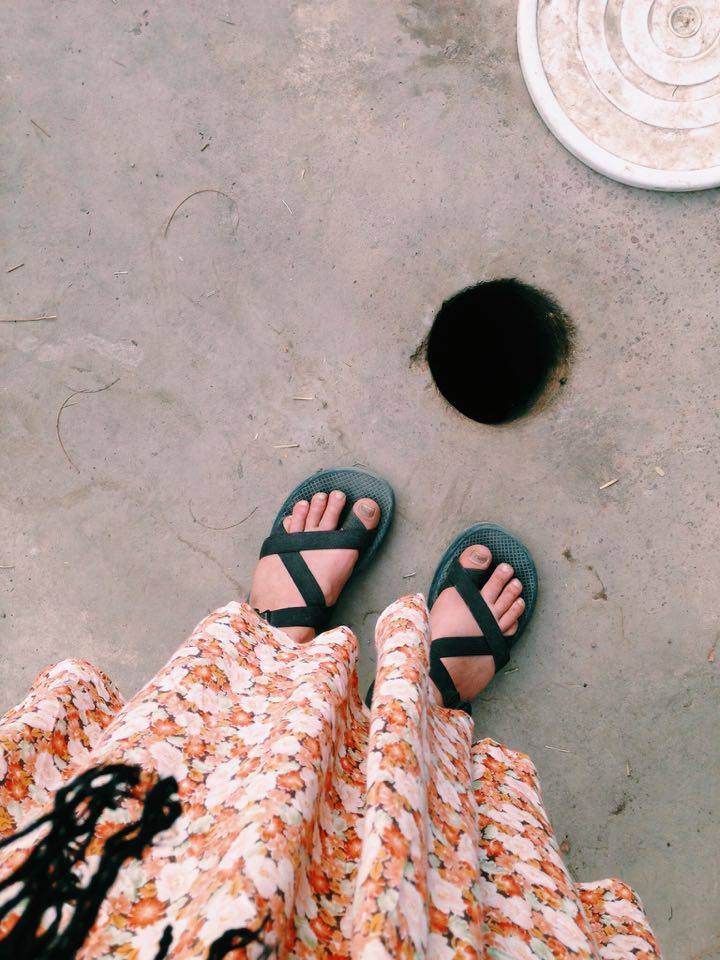
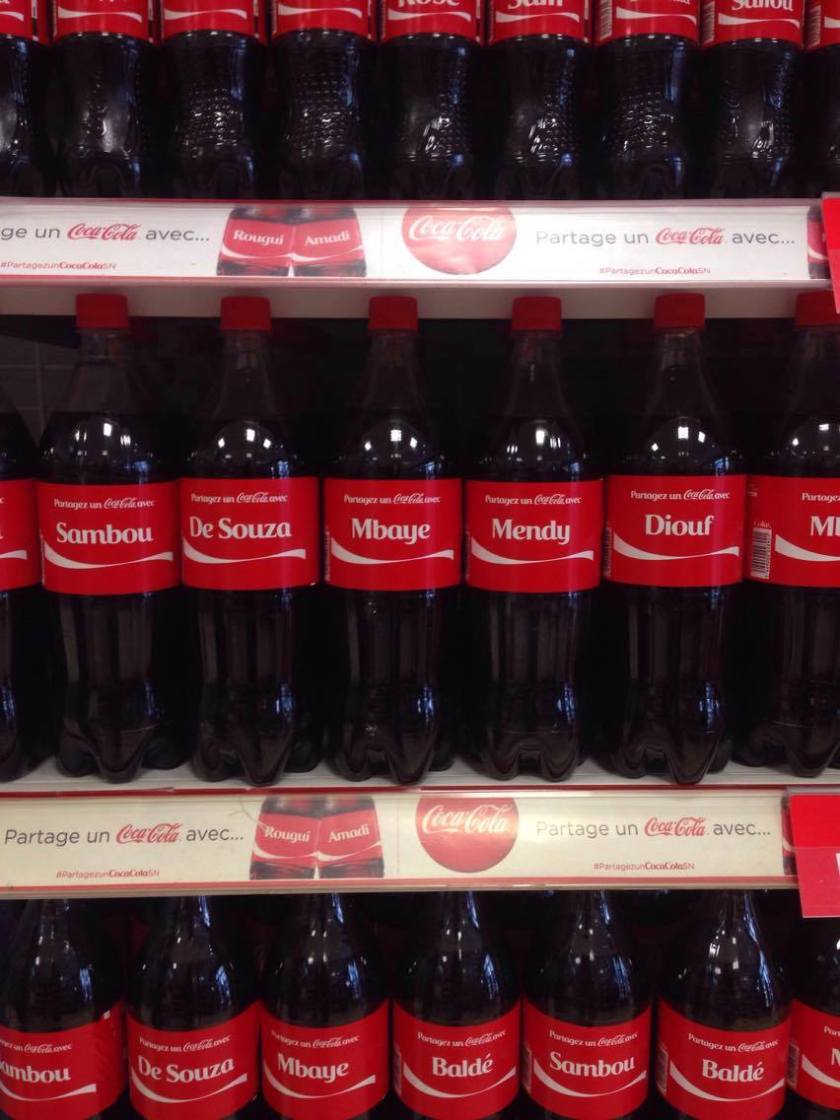
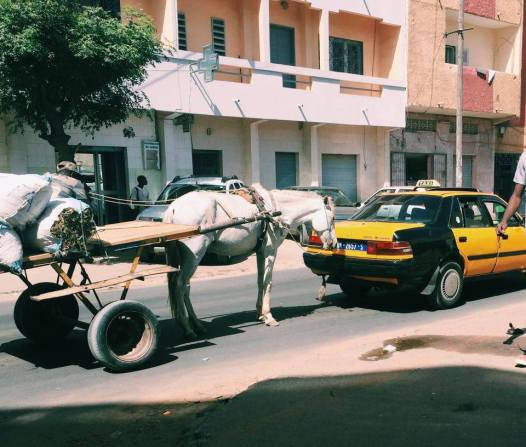
















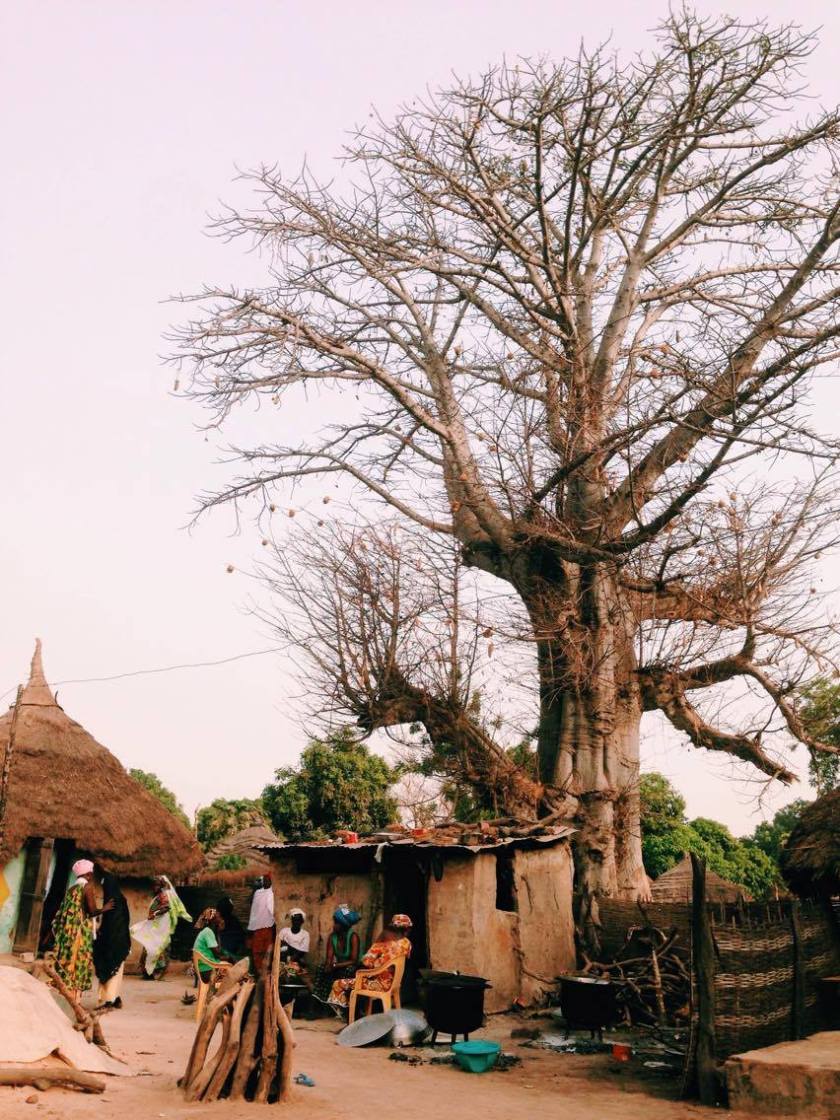


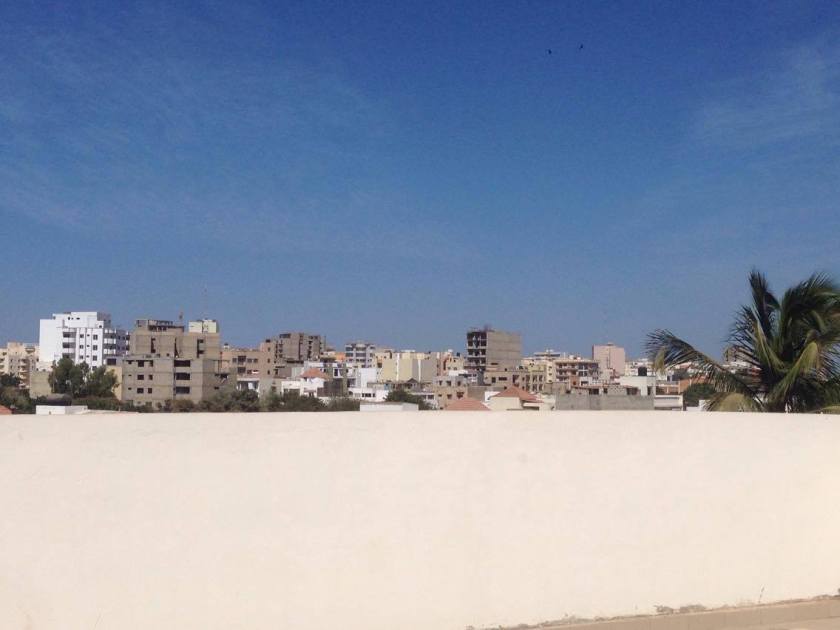
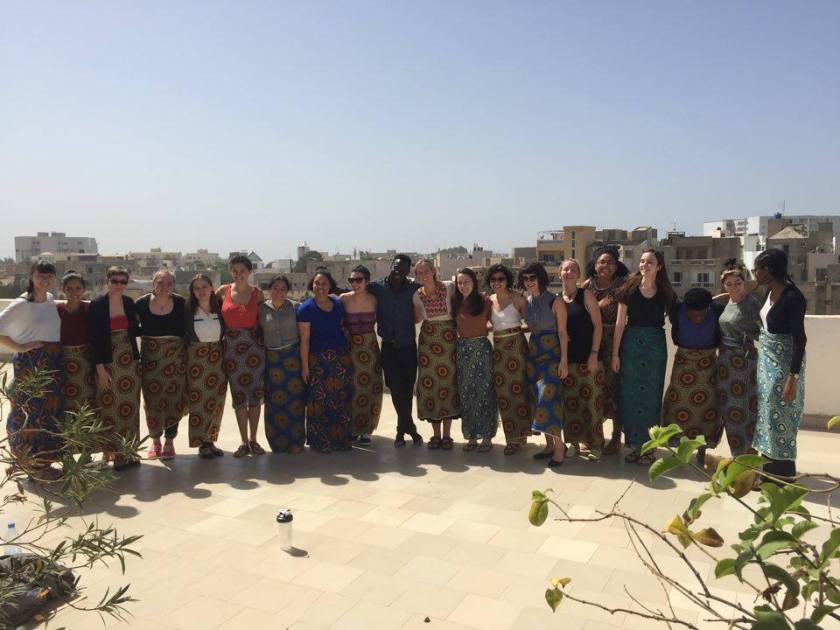
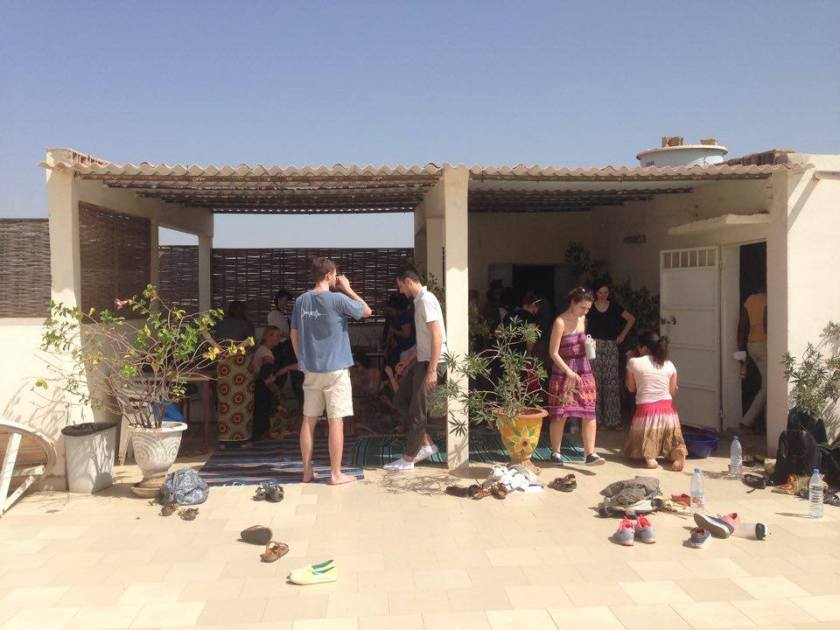



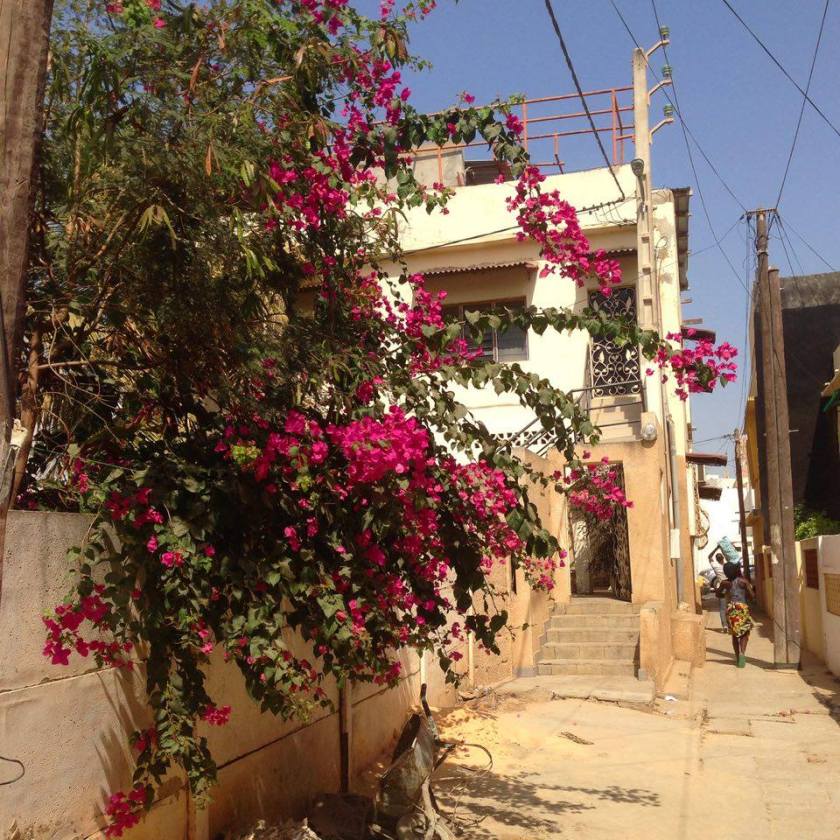

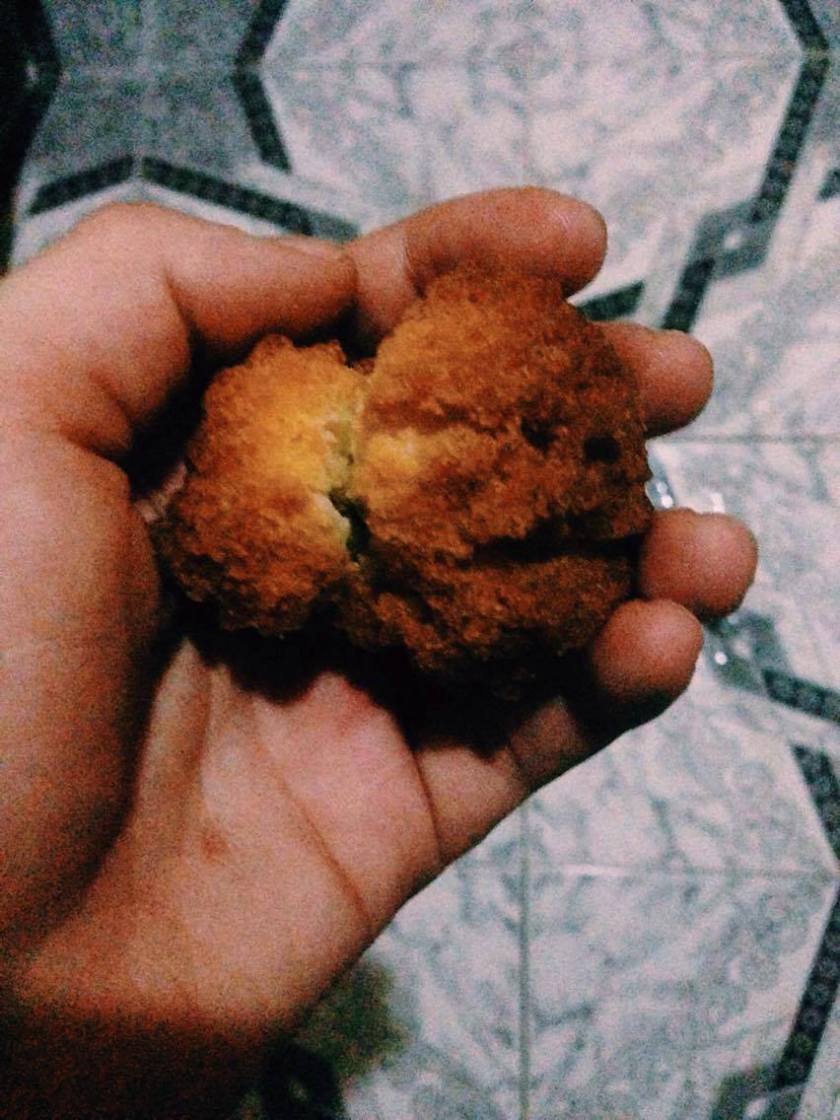
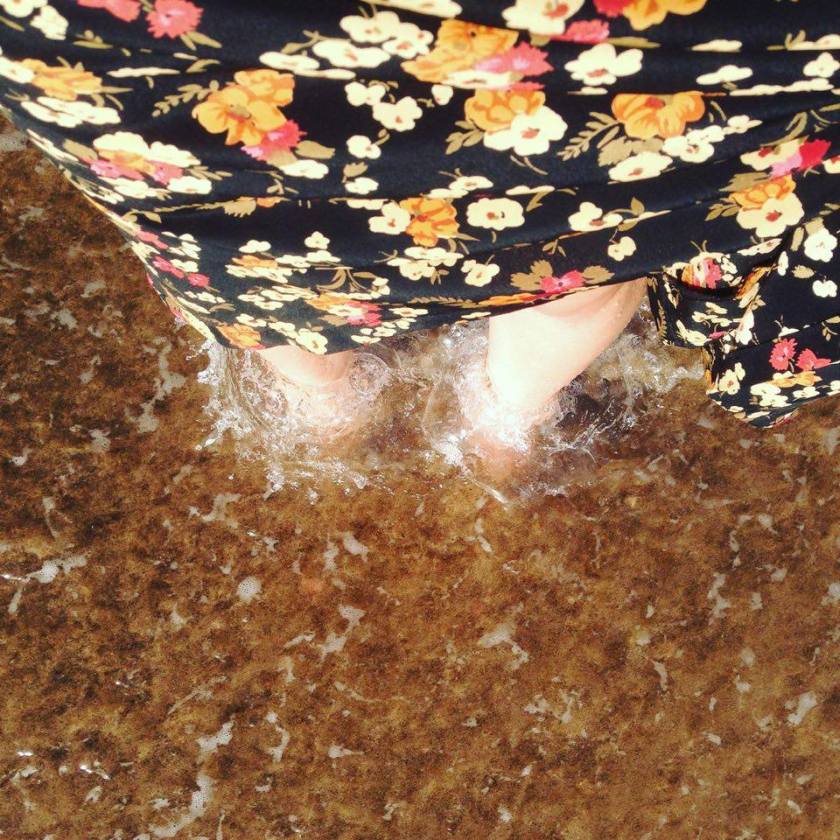
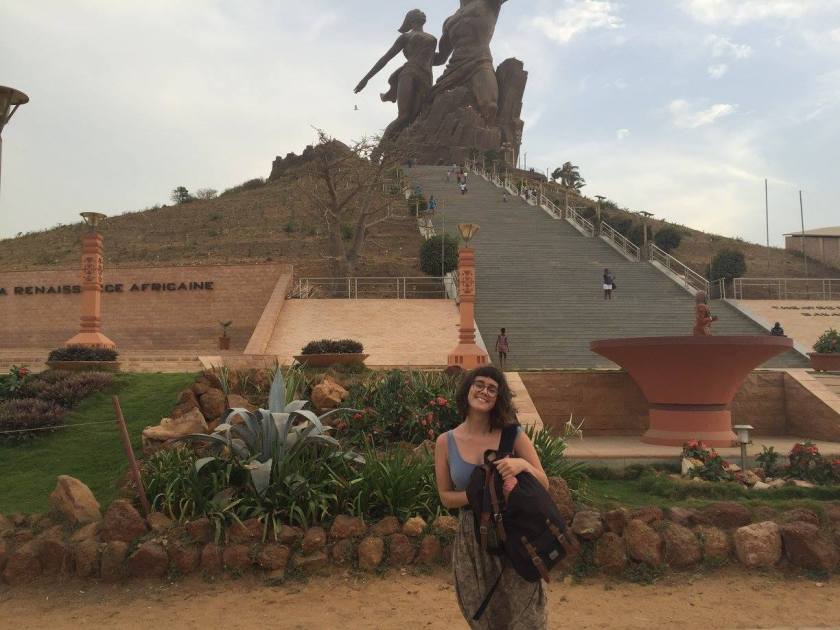
You must be logged in to post a comment.